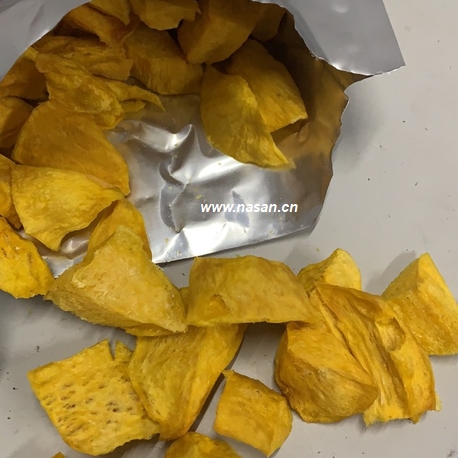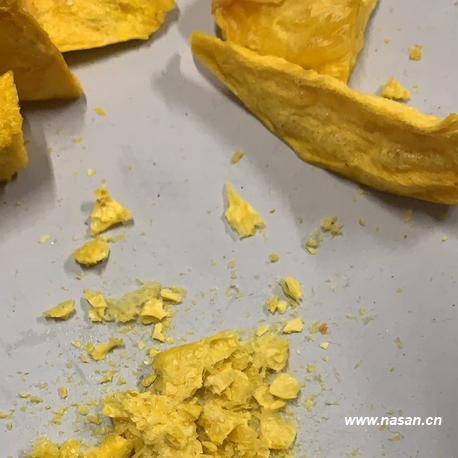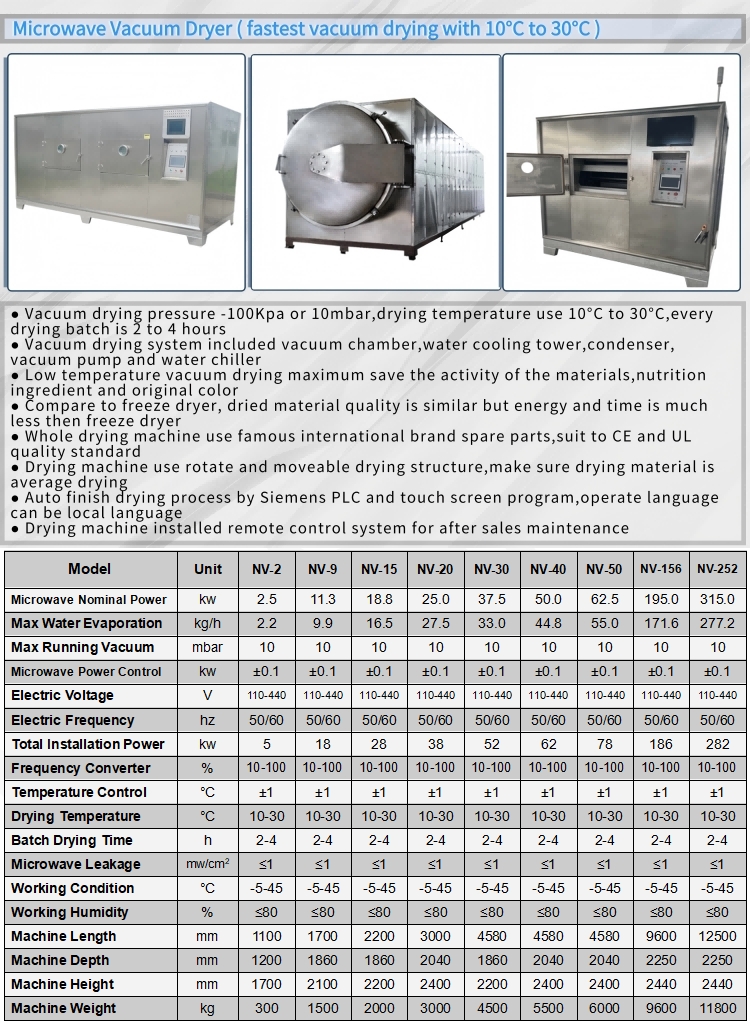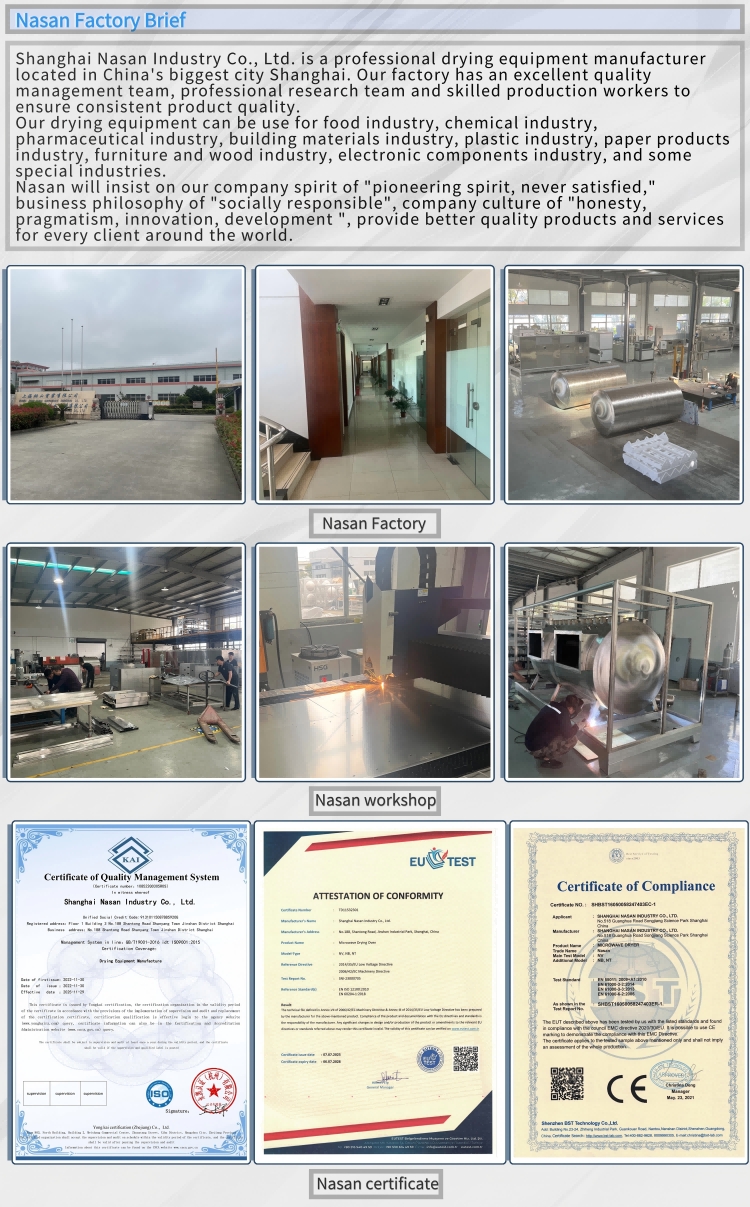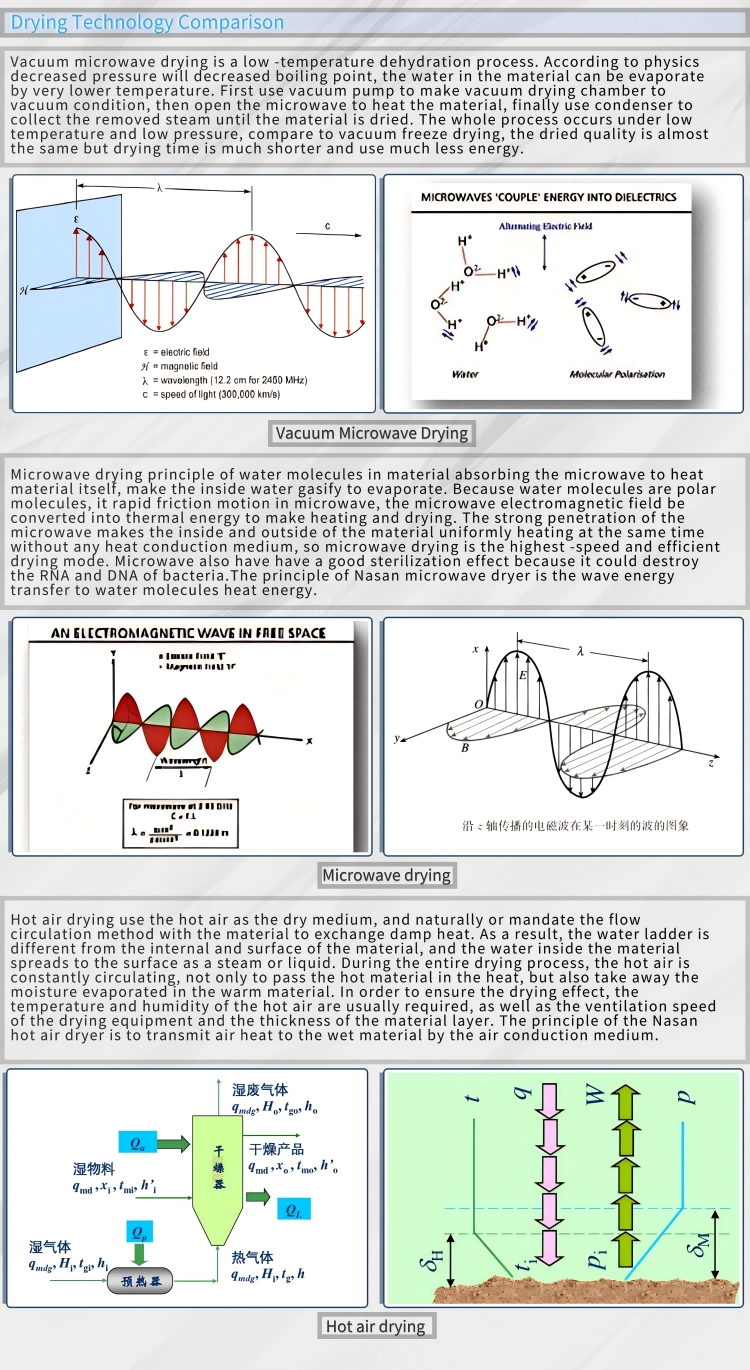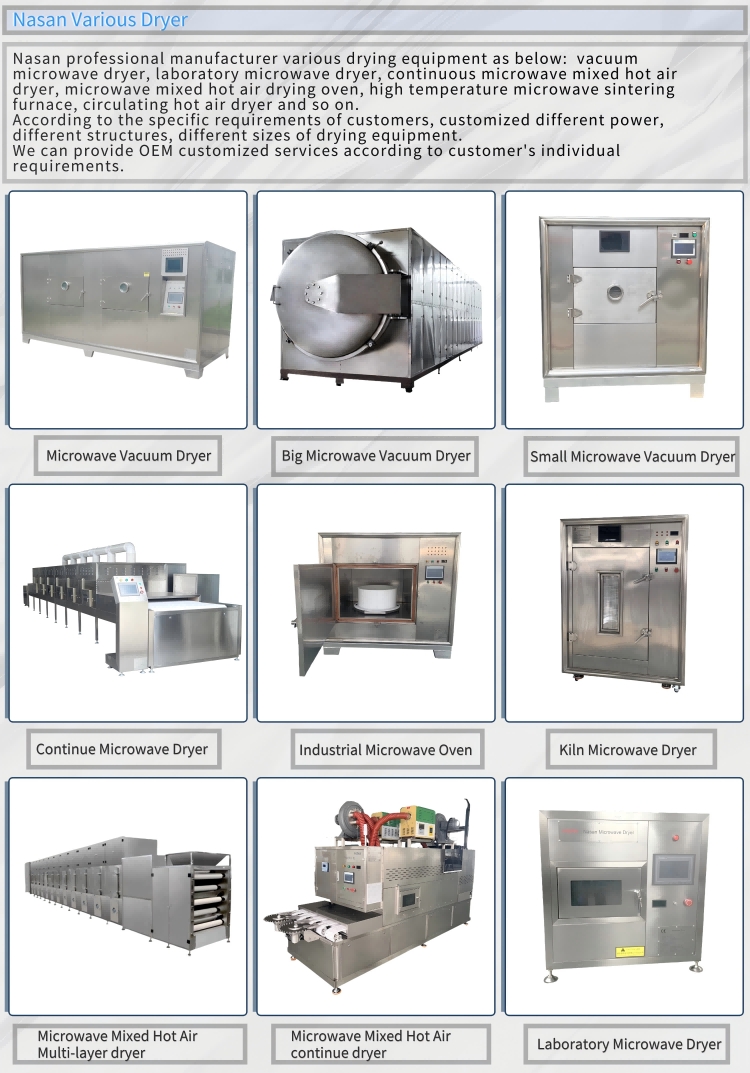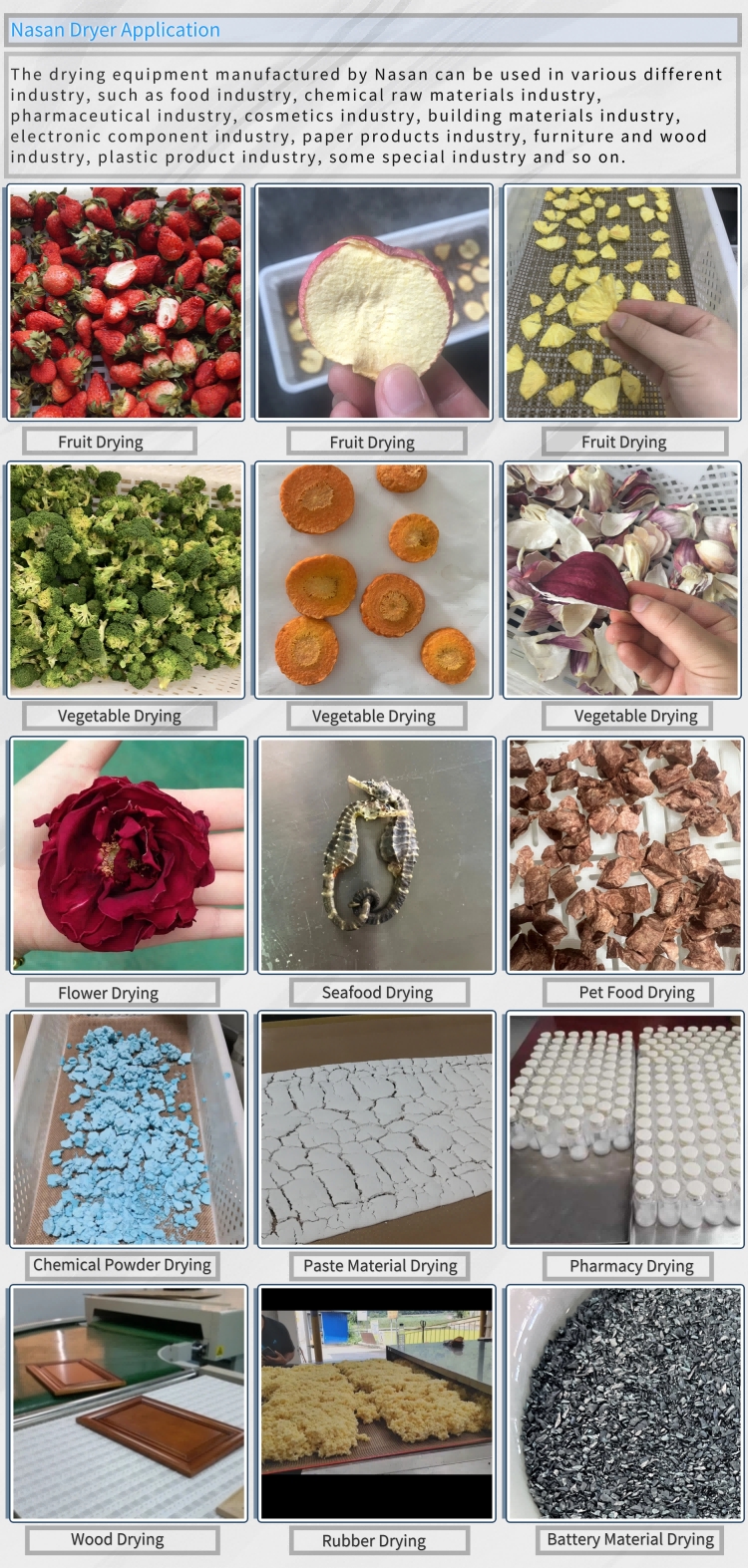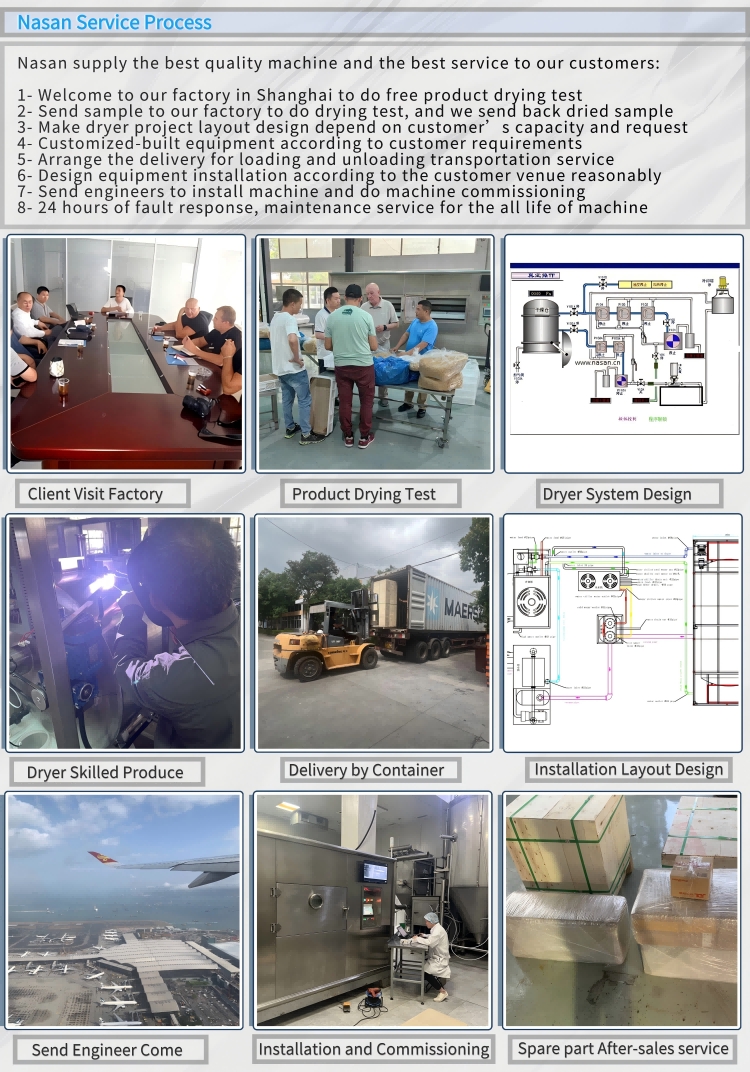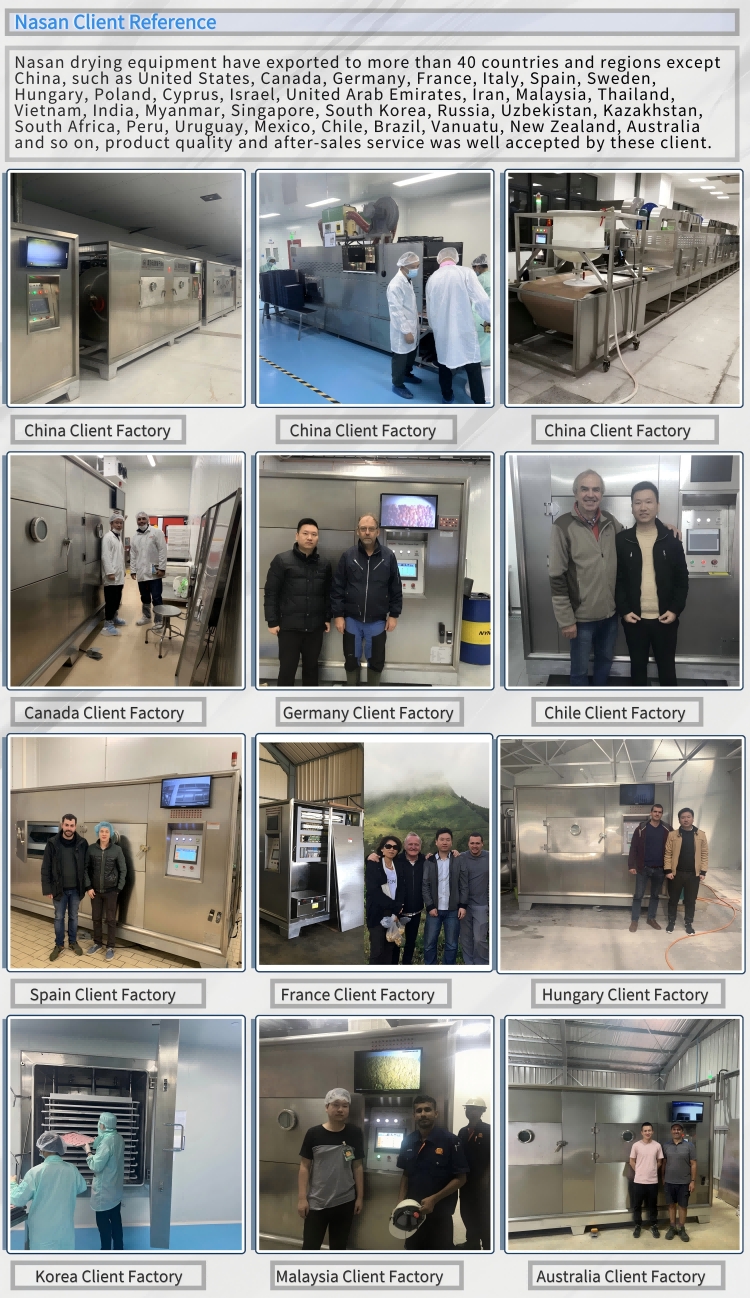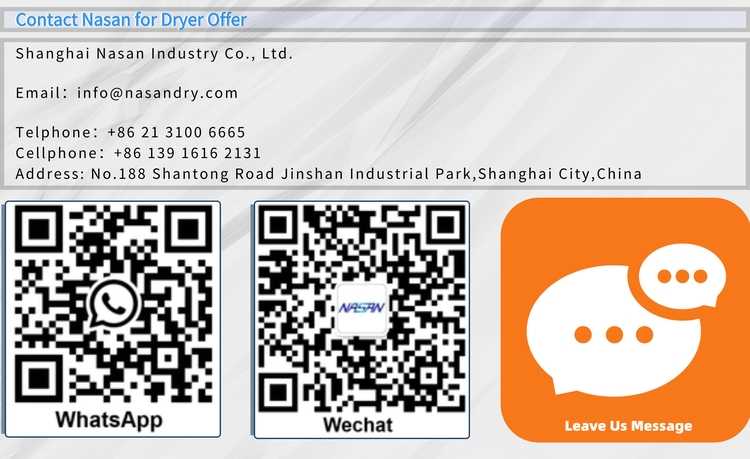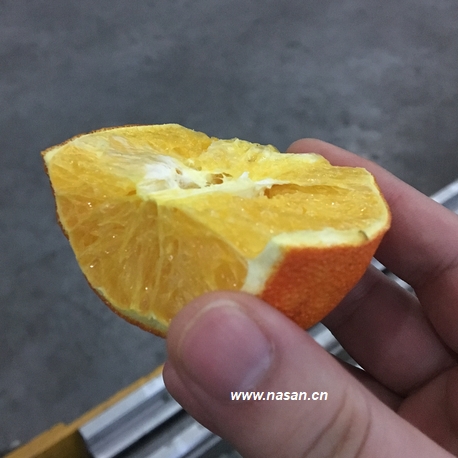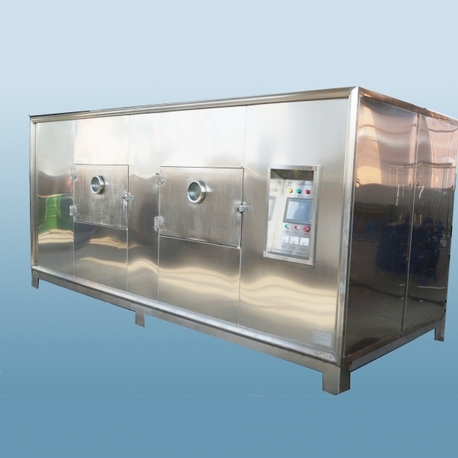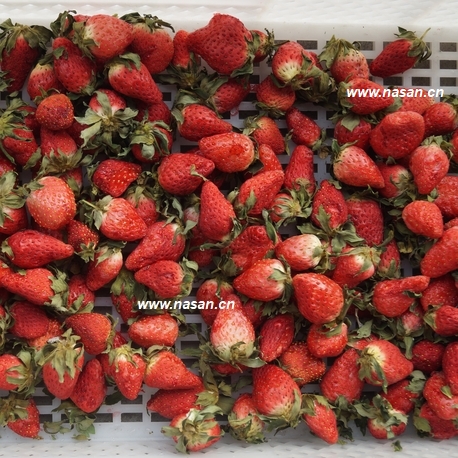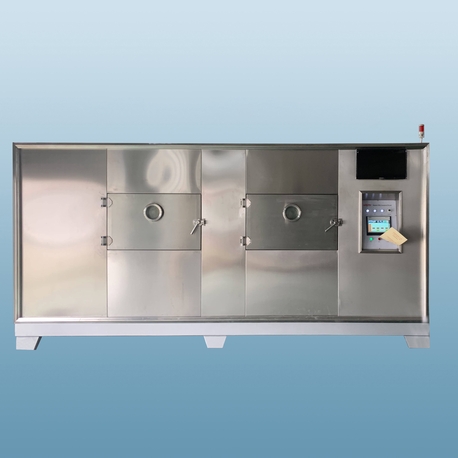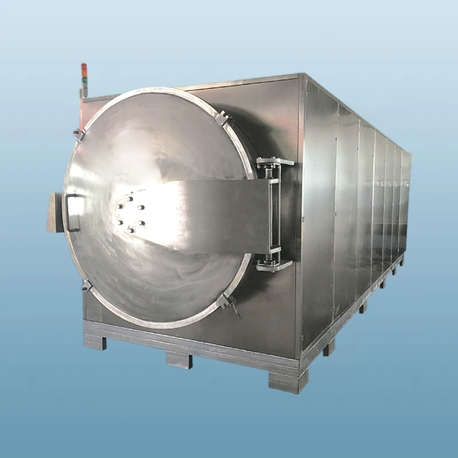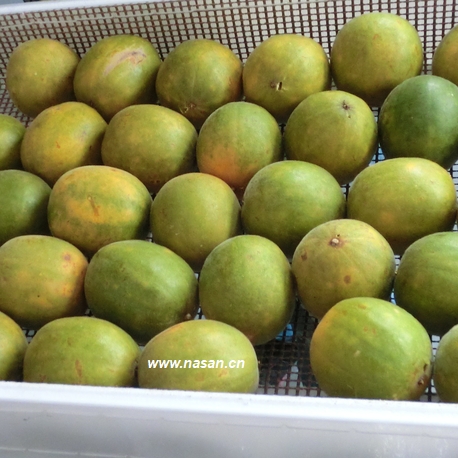Mango vacuum microwave drying is a advanced hybrid technology tailored to address the unique properties of mangoes—including their high sugar content, fibrous pulp, and heat-sensitive aromatic compounds (e.g., terpenes, esters). Unlike traditional drying methods, this technology preserves the mango’s rich golden color, sweet tropical flavor, and nutritional value while avoiding common defects like overcooking or uneven drying. Below is a detailed breakdown of its core components.
Why Mangoes Benefit from Vacuum Microwave Drying
Mangoes have distinct characteristics that make conventional drying (hot air, sun drying) inefficient or damaging:
High Sugar & Fibrous Pulp: Fresh mangoes contain 15–20% natural sugars and dense, fibrous tissue. Slow drying (e.g., sun drying) causes sugar crystallization on the surface (a “sticky crust”) and uneven moisture removal, leading to a tough texture.
Heat-Sensitive Aromatics: Mango’s signature tropical aroma comes from volatile compounds (e.g., limonene, myrcene) that evaporate quickly at temperatures above 60°C—lost in high-heat methods like hot air drying.
Enzymatic Browning: Mango pulp is rich in polyphenol oxidase (PPO), which causes browning when exposed to air or heat. Traditional methods struggle to control this without excessive additives.
Vacuum microwave drying solves these issues with low-temperature processing (preserves aromatics and prevents browning) and internal, uniform heating (avoids sugar crusting and tough pulp), making it the optimal choice for high-quality dried mangoes.
Industrial Considerations for Mango Drying
For manufacturers scaling up mango vacuum microwave drying, key factors to address include:
Variety Selection: Prioritize low-fiber, high-sugar varieties (Alphonso, Kent) for superior texture—fibrous varieties (Haden) require extra blanching and may still yield tough products.
Sugar Control: To avoid stickiness in large batches, use a maltodextrin coating (0.5–1% solution) on slices before drying—this forms a thin, invisible layer that prevents sugar migration without altering flavor.
Energy Optimization: Mango’s dense pulp and high moisture require efficient power management—use a three-stage drying process:
Waste Reduction: Use “seconds” (mangoes with minor peel blemishes or irregular shapes) for drying—they are unsuitable for fresh sale but ideal for processed products, reducing food waste in the mango supply chain.
In summary, mango vacuum microwave drying is the gold standard for producing high-quality dried mangoes, as it preserves the fruit’s signature flavor, color, and texture. Its efficiency and ability to avoid common defects (sugar crusting, browning, toughness) make it a valuable technology for food processors targeting premium snack and tropical food markets.
